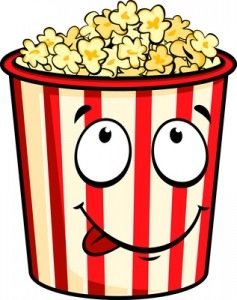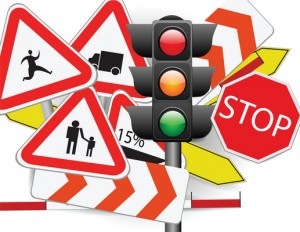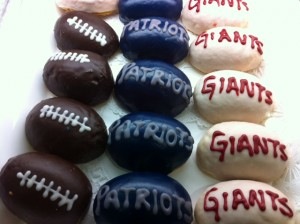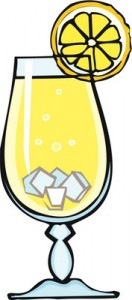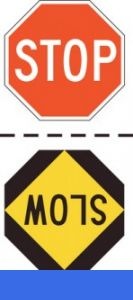 Slow down when you eat. Moms around the world often say the same thing: slow down and chew your food. (Doesn’t that often go with don’t grab?)
Slow down when you eat. Moms around the world often say the same thing: slow down and chew your food. (Doesn’t that often go with don’t grab?)
Why? By slowing down you allow the feeling of fullness to register and it may even mean that you eat fewer calories. You might even have time to really taste and enjoy your food, too – although Mom might say it’s just good manners.
Is It Gone Before You Realize You’ve Eaten It?
Do you wolf your food down so quickly that it’s gone before you realize you’ve eaten it all – and, to boot, you’re still hungry and staring at an empty plate?
According to an article in the New York Times, studies show that people who eat quickly eat more calories than they would if they ate a bit more slowly. The people who ate more slowly also felt fuller.
A study showed that the hormones that give you a feeling of fullness, or satiety, are more pronounced when you eat slowly. People in the study who were given identical servings of ice cream released more of those hormones when they ate the ice cream in 30 minutes instead of 5 minutes.
You Might Eat Less
Eating slowly leads to eating less, too – not just because your plate is cleared before all the food is gone because everyone else is tired of waiting for you to finish.
According to an article published in The Journal of the American Dietetic Association people who ate at a slow pace compared to when they ate very quickly said they were fuller and ended up eating about 10% fewer calories.
An analysis of surveys completed by 3287 adults ages 30-69, found that combining the two behaviors of eating until full and eating quickly can have a significant impact on being overweight
Stroll, Don’t Race
Haven’t you ever said, “I shouldn’t have had that second cookie (or third) as your stomach begins to expand like a balloon?
It can take up to 20 minutes for your body to register that it’s full. The problem is that during that interval when you’ve really had enough food but don’t necessarily recognize it, a lot of us continue to shovel food into our mouths – and end up feeling absolutely stuffed.
Do what Mom said. Slow down, take your time eating, and chew. Give your body a chance to figure out if it really needs more food. Then maybe you won’t have to take a nap – or unbutton your jeans.
